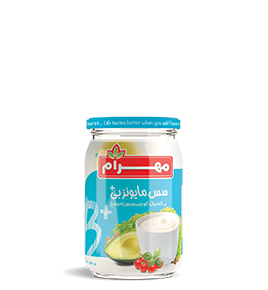A: There are several “levels” of vegetarianism, or types of vegetarian diet, that depend on which foods you choose not to eat. Starting from the most restrictive and working our way down, the types of vegetarian are as follows:
- Vegan
Vegans do not consume any animal products or by-products. So vegans of course do not consume red or white meat, fish or fowl. They also do not consume eggs and dairy. Vegans do not use honey or beeswax, gelatin and any other animal by-product ingredients or products. Vegans typically do not use animal products such as silk, leather and wool, as well.
- Lacto Vegetarian
Lacto-vegetarians do not eat red or white meat, fish, fowl or eggs. However, lacto-vegetarians do consume dairy products such as cheese, milk and yogurt.
- Ovo Vegetarian
Ovo-vegetarians do not eat red or white meat, fish, fowl or dairy products. However, ovo-vegetarians do consume egg products.
- Lacto-ovo vegetarian
Lacto-ovo vegetarians do not consume red meat, white meat, fish or fowl. However, lacto-ovo vegetarians do consume dairy products and egg products. This is the most common type of vegetarian.
- Pescatarian (Pescetarian)
While technically not a type of vegetarian, these individuals do restrict their meat consumption to fish and seafood only. Pescatarians do not consume red meat, white meat or fowl. This is considered a “semi-vegetarian” or “flexitarian” diet.
- Pollotarian
Much like the pescatarian, this “semi-vegetarian” diet restricts meat consumption to poultry and fowl only, and is not officially considered a vegetarian. Pollotarians do not consume red meat or fish and seafood
- Flexitarian
A plant-based diet with the occasional meat item on the menu. These folks do their best to limit meat intake as much as possible and they have an almost entirely plant-based diet. This is not technically considered a “vegetarian” diet, but we commend the effort!

What kind of vegetarian are you?
There are many different ways to approach vegetarianism, and it’s up to you to make dietary choices that best fit your lifestyle. Consider your health and fitness goals or needs when choosing. Whether you are becoming a vegetarian yourself, or simply trying to better support your vegetarian friends and family, we hope this list and chart have been helpful!

